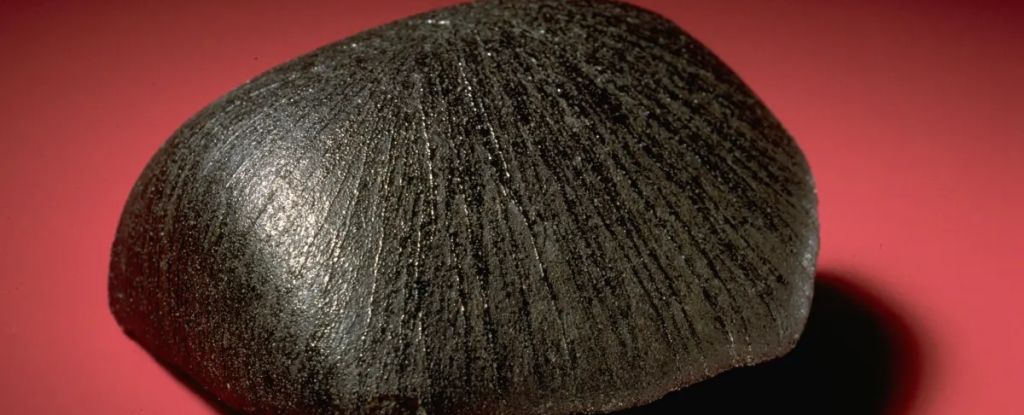ARTICLE AD
NASA finally knows what caused the erosion of the Orion spacecraft’s heat shield following its historic trip to the Moon in 2022, but the space agency is not telling, at least not yet.
During a meeting of the Lunar Exploration Analysis Group (LEAG) in Houston, NASA officials revealed that they had identified the reason the Orion heat shield chipped away during the Artemis 1 mission but refused to share what it was. “We have conclusive determination of what the root cause is of the issue,” Lori Glaze, acting deputy associate administrator at NASA’s Exploration Systems Development Mission Directorate, said during the meeting on Monday, SpaceNews reported. “I’m not going to share right now, when it comes out, it will all come out together.”
NASA is still determining how to proceed for the Artemis 2 mission, which is set to launch in September 2025, according to Glaze. The space agency is running additional tests to mitigate the crew capsule’s erosion during atmospheric reentry, which will be completed by the end of November.
An uncrewed Orion capsule splashed down in the Pacific Ocean on December 11, 2022, following a 26-day trip to the Moon and back as part of the Artemis 1 mission. The mission was a success but follow-up inspections of the capsule revealed an unexpected performance from its heat shield.
During Orion’s reentry through Earth’s atmosphere, the spacecraft traveled at speeds reaching 24,600 miles per hour (39,590 kilometers per hour) and its heat shield endured temperatures above 5,000 degrees Fahrenheit. Although NASA engineers had anticipated that some charring would occur, more of the shield’s ablative material came off than they had expected.
Since then, NASA has been running tests on the Orion spacecraft to determine what may have caused it to take all that unexpected damage. As the space agency prepares to send a crew of four astronauts on board Orion for the Artemis 2 mission, it really needs to work out any kinks that could pose a threat to the crew’s safety.
Earlier in May, the NASA Office of Inspector General released a report to address NASA’s readiness to launch its Artemis 2 mission, identifying Orion’s heat shield as one of the critical issues that need to be addressed before the trip to the Moon and back. “Portions of the char layer wore away differently than NASA engineers predicted, cracking and breaking off the spacecraft in fragments that created a trail of debris rather than melting away as designed,” the report read.
The report added that the heat shield’s performance creates “a risk that the heat shield may not sufficiently protect the capsule’s systems and crew from the extreme heat of reentry on future missions.” In response, NASA said that it was working to resolve the issue either by replacing heat shield components or altering Orion’s reentry trajectory.
Based on NASA officials’ latest statements, the space agency may not have settled on a way to move forward. The heat shield for Orion that’s going to be used for Artemis 2 has already been installed at the bottom of the crew capsule, therefore replacing any of its components would require undoing the spacecraft. “We know what needs to be done for future missions, but the Artemis 2 heat shield is already built, so how do we assure astronaut safety with Artemis 2?,” Glaze said during the meeting, according to SpaceNews.
During a press conference in August 2023, NASA astronaut Reid Wiseman, commander of the Artemis 2 mission, said: “This crew, we’re not going to launch until we know we’re ready, until our team knows that the vehicle is ready and we will keep the pressure on.”
We’re not sure why NASA is keeping the reason under wraps, but the fact that space agency officials are not ready to share the news just yet suggests it could be really bad, and perhaps it could mean that a further delay to the Artemis program is required to ensure the safety of the crew.
NASA has already delayed its Artemis timeline in order to address safety and technical issues related to the spacecraft. The Artemis 2 mission was originally scheduled for November 2024 and the follow-up Artemis 3 mission, which was originally scheduled for late 2025, won’t launch before September 2026.
With this lingering heat shield issue, NASA’s readiness to launch a crew to the Moon and back in less than a year is questionable.

 3 weeks ago
42
3 weeks ago
42 

